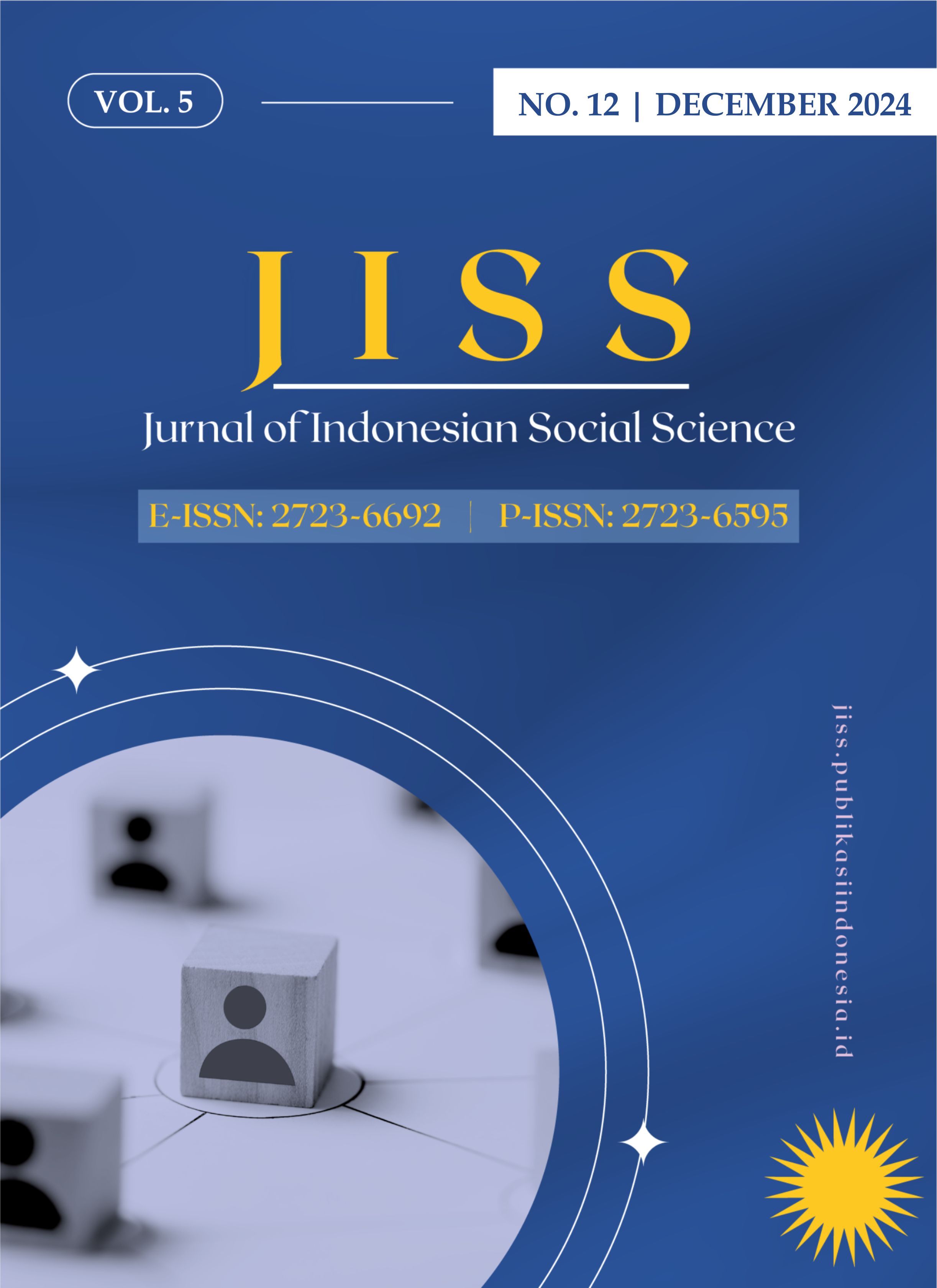Analysis of Technology Acceptance Model (TAM) on The Use of Electronic Medical Records in Hospitals
DOI:
https://doi.org/10.59141/jiss.v5i12.1520Keywords:
Electronic Medical Record, Technology Acceptance Model, ease of use, usefulness, patient satisfactionAbstract
Hospitals have begun adopting Electronic Medical Record (EMR) systems to enhance healthcare services and meet service standards. The Technology Acceptance Model (TAM) has been widely utilized in research related to technology implementation in the healthcare sector, including electronic medical record systems. This research aims to analyze the acceptance of EMR systems in public hospitals (RSUD) using TAM, focusing on the main variables of perceived ease of use and perceived usefulness. A qualitative approach was employed, with data collected through literature review and in-depth interviews with medical staff at RSUD. The results indicate that perceived ease of use significantly influences the initial adoption of EMR, as medical personnel are more likely to embrace technology that they find easy to use. Additionally, perceived usefulness plays a crucial role in determining the sustained use of EMR, particularly when medical staff experience increased work efficiency and accuracy in managing patient data. This research also reveals that the implementation of EMR positively impacts patient satisfaction, enhancing service quality and the speed of information access. In conclusion, the factors of ease of use and usefulness are essential in ensuring the successful acceptance and sustainable use of EMR in public hospitals, as well as contributing to patient satisfaction.
Published
How to Cite
Issue
Section
License
Copyright (c) 2024 Farah Shania, Vip Paramarta

This work is licensed under a Creative Commons Attribution-ShareAlike 4.0 International License.
Authors who publish with this journal agree to the following terms:
- Authors retain copyright and grant the journal right of first publication with the work simultaneously licensed under a Creative Commons Attribution-ShareAlike 4.0 International. that allows others to share the work with an acknowledgement of the work's authorship and initial publication in this journal.
- Authors are able to enter into separate, additional contractual arrangements for the non-exclusive distribution of the journal's published version of the work (e.g., post it to an institutional repository or publish it in a book), with an acknowledgement of its initial publication in this journal.
- Authors are permitted and encouraged to post their work online (e.g., in institutional repositories or on their website) prior to and during the submission process, as it can lead to productive exchanges, as well as earlier and greater citation of published work.












